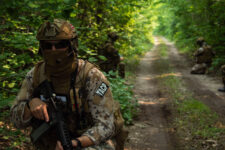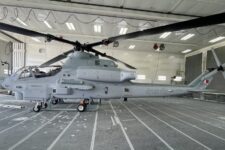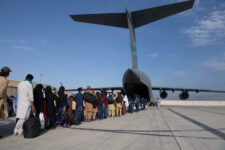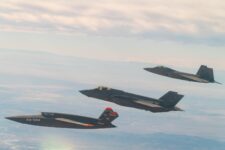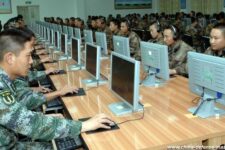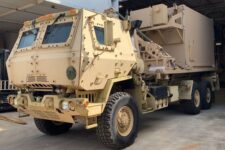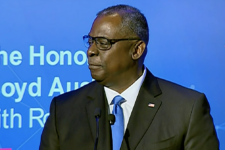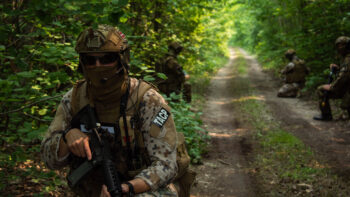
PENTAGON: One of the most important — and most maligned — elements of the Pentagon bureaucracy has gotten 30 percent faster, according to data exclusively compiled for Breaking Defense by the staff of the Joint Requirements Oversight Council. In a new drive for openness, the infamously opaque JROC is also bringing in outside expertise from industry, military laboratories and the Defense Department’s in-house disruptive innovators at DARPA.
Reforming the Joint Requirements Oversight Council is a big deal. The military’s weapons-buying bureaucracy is a maze, and at the dark heart of the labyrinth lurks the JROC, which must approve the official wish list — the requirements — for almost any major program. Led by the vice-chairman of the Joint Chiefs, Gen. Paul Selva, and comprising the No. 2 officers of each service, supported by lesser boards and lower-ranking working groups, the JROC has a reputation for delaying, watering down, or killing the armed services’ proposals. Many believe it’s where good ideas go to die — slowly.
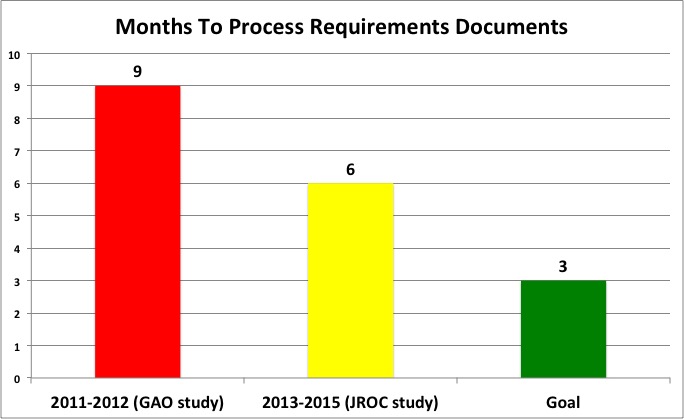
Gen. Selva wants to change all that. A Government Accountability Office study of 12 requirements documents passing through the JROC process in 2011-2012 found they took, on average, nine months. The Joint Staff surveyed some 50 documents submitted in 2013-2015, a much larger sample size than the GAO took on, at the request of Breaking Defense. The average time they took to complete the process: six months. That’s still short of the official goal — three months — but is much better than the old figure.
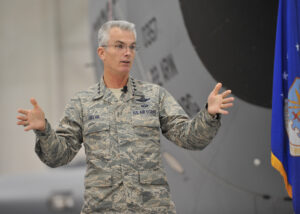
Gen. Paul Selva
Even as it speeds up, the JROC is also opening up. Last month, for the first time my sources can recall, DARPA briefed the JROC itself. (DARPA has briefed the JROC’s subordinate working groups before). With the whole military reemphasizing bleeding-edge technology as part of the new Offset Strategy ,the plan is for DARPA to visit the JROC each quarter.
“This is an area [that] we’re very excited about, said Brig. Gen. Steven Basham the former bomber pilot who, as the Joint Staff’s deputy director for requirements (J-8), runs the JROC’s supporting staff. This wasn’t a briefing confined to any specific program, he emphasized to me in his Pentagon office, but a much more ambitious exercise in broadening the JROC’s perspective.
“It was a briefing to create a level of understanding and awareness about capabilities that the S&T [science and technology] world is pursuing, kind of the realm of the possible,” Basham said. “We’re trying to make sure that we create an environment that is flexible enough to be able to bring in all those Third Offset things that are being reviewed, whether it’s machine learning, artificial intelligence… long-range operations… EW (Electronic Warfared and cyber.”
The JROC staff is also receiving briefings from industry, including representatives from Silicon Valley, where Gen. Selva and other Pentagon leaders have made repeated pilgrimages. “It’s connecting [the JROC staff] to…DARPA, Silicon Valley, agencies, industry, or others,” said Basham, “so they have a level of awareness that allows them to ask the right questions. What you’re looking for… is to create a system that allows that incremental development,” he added, getting bite-sized upgrades into the field quickly, rather than the decades-long quests for perfect solutions that have plagued the Pentagon in the past.
The JROC does not exactly have a reputation for speed. To some extent, Basham said, there is a need for a deliberate process.
“The most important thing is to get that early analysis as good as you possibly can (and) put yourself on a good vector right off the bat,” he said. “I’d rather have nine months of good analysis early in the process than rush it through the process, not fully vet the requirement, and only have to come back in later on, when it’s going to cost me actually more time and more money.”
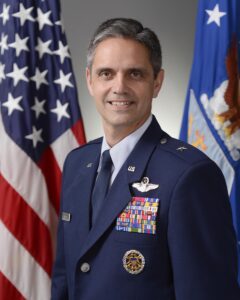
Brig. Gen. Steven Basham
That said, Basham went on, “you have to ask very tough questions, but that doesn’t mean that it has to be a long and drawn-out laborious process.” The J-8 staff is working to clarify exactly what information the JROC requires so programs can come in well-prepared, minimizing time-consuming back-and-forth. It’s also trying to shift more rigorous analysis earlier in the process, before a program can head down a problematic path
The staff is also trying to work with the four armed services before they officially submit a program to the JROC, to streamline the formal process once it begins. It might make some in the services nervous that the Joint Staff is peering over their shoulder before they’re ready, Basham acknowledged, but the purpose is to share information and speed the process — not to second-guess anyone.
“The dialogue and the discussion that takes places throughout the entire process [–] even before those [formal] documents come to the process — that is all goodness, and it creates awareness, it creates visibility, a level of understanding to the requirement,” Basham said. “It is absolutely now designed to be more transparent to provide the greatest level of visibility.”
Conversely, Basham said, the joint staff need to understand that they might not get answers to every question. “Waiting until you have perfect information is just probably not acceptable,” he told me. “If you want to move a little bit quicker, it’s going to take an understanding by all, all parties in the process that we don’t have 100 percent visibility, but we have enough information to move forward.”
“Is it better to move forward incrementally or just wait while the adversary continues to move forward?” Basham asked. “It’s better to move forward in any way that you possibly can.”
No service can fight on its own: JADC2 demands move from self-sufficiency to interdependency
Making all-domain operations a warfighting capability means integrating, fusing, and disseminating a sensor picture appropriate for a particular theater segment, not all of them, says the Mitchell Institute’s David Deptula.
